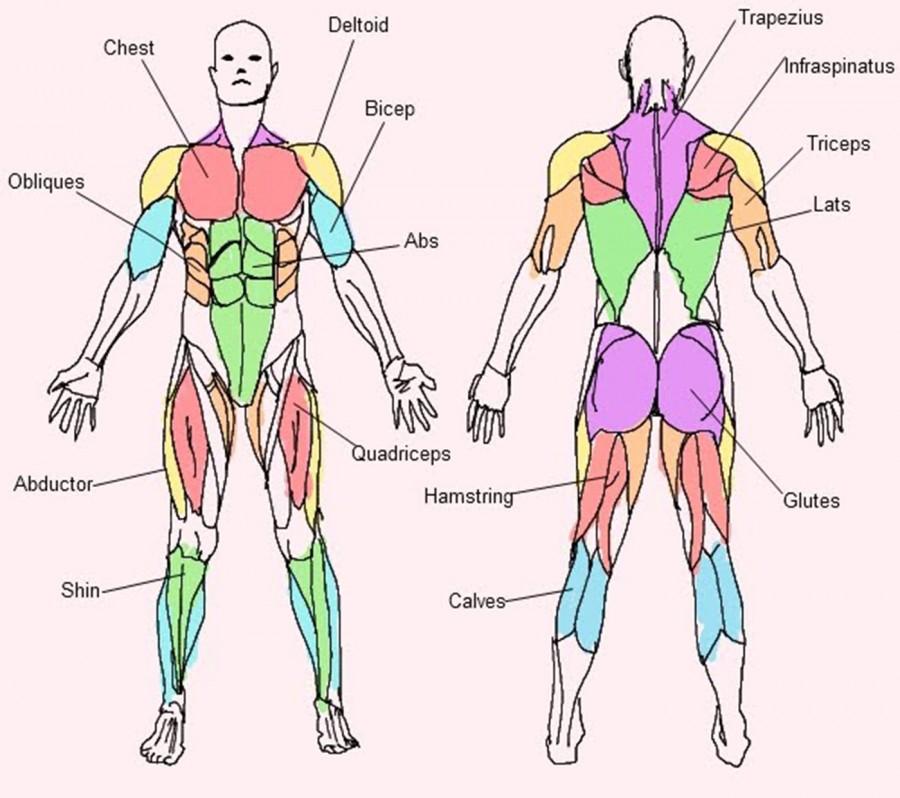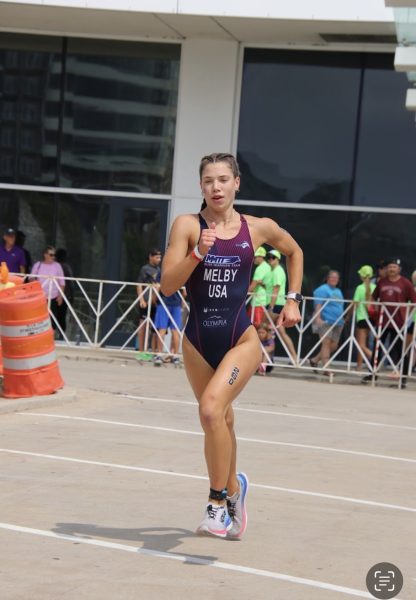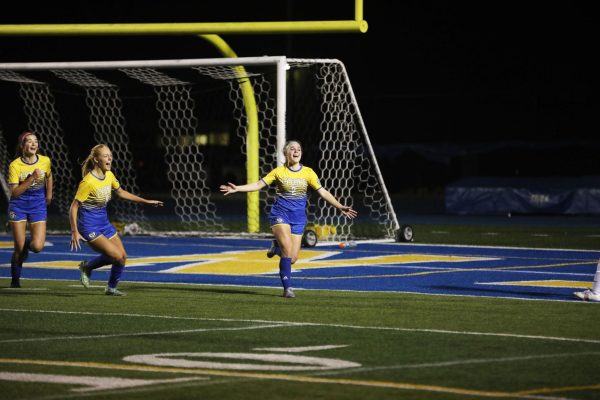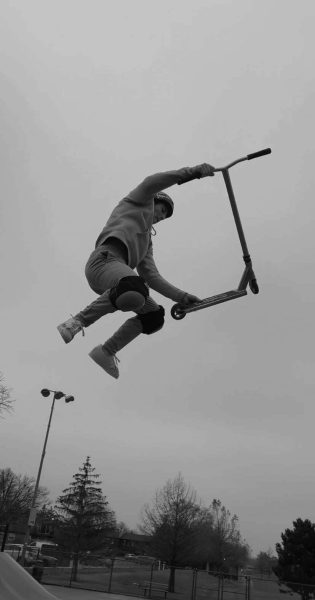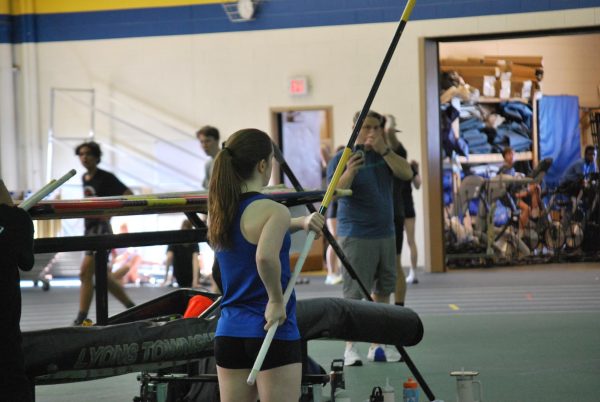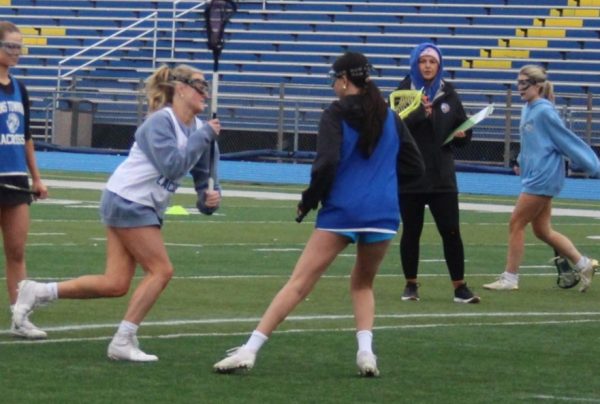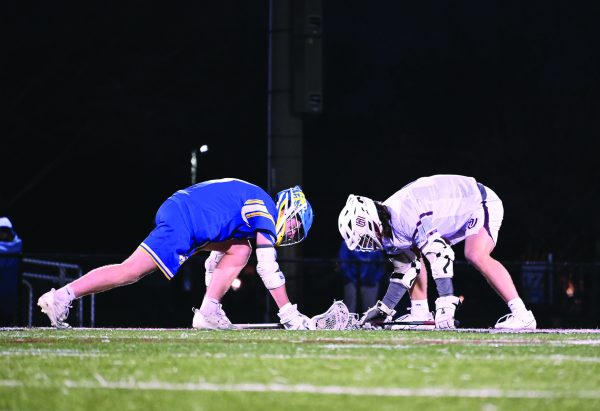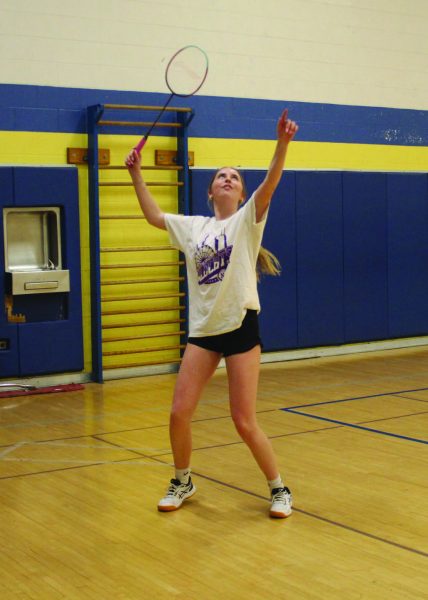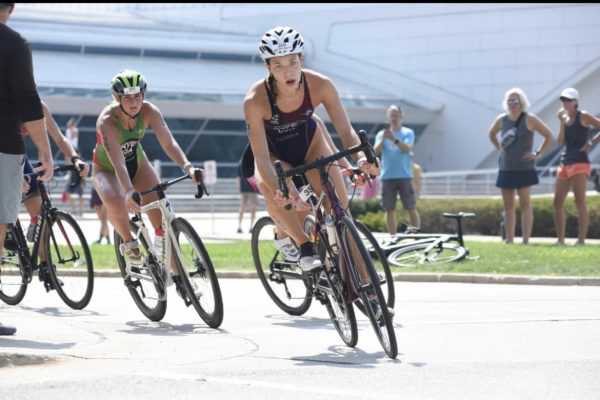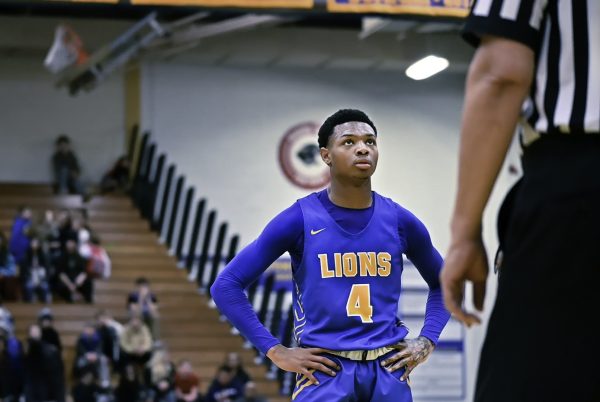Muscle Activation
New method of activating muscle groups revolutionizes Nazareth football program, causes injury rates to plummet
January 29, 2016
As the South African physical therapist came to the front of the class in 2012, Dr. Thomas Nelson had no idea his life was about to be changed forever. He watched the head physical therapist, Douglas Heel, take the stage, but Nelson was immediately disinterested in his work.
“I want you to imagine that about 90-percent of what you know is not accurate,” Heel told his class of doctors and certified physical therapists at Nelson’s Westchester clinic.
“And I looked at him and thought ‘Who the hell is this guy?’” Nelson said. “’I’m a frickin’ doctor, who’s he to be saying I don’t know what I’m doing?’ I thought he was a wackjob.”
Yet Heel’s apparent arrogance was well founded. He was pioneering a new form of physical therapy called Be Activated, involving putting large amounts of pressure on nerves and other body areas in order to make the body’s muscles fire in the correct systematic manner.
“In five minutes, he was pushing on different areas of these people’s bodies and there was dramatic relief in muscle tension,” Nelson said. “The whole two-day course just blew my mind.”
Heel, who travels the world teaching doctors and therapists how to activate their patients, developed the technique over a decade ago. According to Nelson and his associate, Dr. Eric Janota, the body will prioritize two things above all else: Movement and breathing. Movement is initiated from the hips, and breathing is initiated from the diaphragm and the psoas (an area below the belly button), Nelson said. At least, that is how it should be. But, when muscles are not acting together, the body develops new compensations to move, using different muscles in different orders. These compensations cause pain and injuries, but activation can reduce them, the doctors said.
Before leaving town after the two day class, the South African challenged his students.
“[Heel] said, ‘Don’t put this in the drawer and leave it alone. You just have to practice it.’” Nelson said. “And that’s how we get to the story of Julian Love ‘16.”
Nelson, who had been the team doctor for the Nazareth football team, immediately took the idea to Head Coach Tim Racki. Trying to explain activation both to Racki and the other coaches, it was met with uncertainty at first, and then wonder.
“I was going to let [Nelson] do his thing,” Racki said. “When we incorporated the breathing, I thought we were on to something. I’m talking significant differences.”
And the first person activated was Love, then an incoming freshman, now a Notre Dame bound football commit.
“[Love] developed a cramp in his right quad, and he was rolling on the ground in pain,” Nelson said. “We used a technique from the course, and I activated the quad muscle on his side, then the cramp went away and he literally got back up and kept playing right away.”
Love credits activation, from this early stage to the team’s two state titles, for major help along the way.
“It’s huge,” Love said. “The name of the game nowadays is to not get injured, and it’s a huge step in injury prevention.”
Injuries for Nazareth have been drastically reduced over the past four years since activation has been progressively integrated. In the first year alone, injuries were reduced 28-percent, according to Nelson. By the third year that Nazareth began to implement activation and focus specifically on breathing, injuries dropped another 50-percent, and in the 2015 season, varsity injuries dropped 66-percent.
Despite these amazing statistics, it has not been an easy or simple ride for the team.
“The main setback has been the skepticism,” Racki said. “You’re always going to get people looking at you out of the corner of their eye.”
Some of the skeptics were the assistant coaches and the players themselves, before they saw the results.
“It’s certainly a little bizarre at first when people see these painful pressure points,” Athletic Trainer Andrew Wyman said. “But I think it’s one of those things that once someone has done it to you, you feel the difference of it. That’s kind of what makes people feel less weird.”
Nelson credits one of these moments as pivotal for the Nazareth program.
“If Racki didn’t get activated himself, we wouldn’t have the program we have,” Nelson said. “He laid down on a table before we started the last football season, and when he got off the table he said he felt like Spiderman.”
Activation can also be used to bring the team together on a whole other level beyond athletics. The process of breathing, pressure points and reaching what Nelson describes as a parasympathetic state of mind brings teams together in different ways.
“There is nothing that makes us more present in a moment than breathing,” Janota said.
At every halftime, instead of talking about points about playing, such as blocking or finishing tackles, the first thing that Racki does is lead the team in 20 belly breaths. These breaths, originating from the diaphragm and the psoas instead of the chest and shoulders, helps the players relax.
“As we incorporate it more and more, you can see the players are more relaxed and confident,” Racki said.
Breathing is also an integral part of the pregame warmup. Almost half of the time is devoted to either belly breaths or activating with the activation stick, a bent piece of plastic that Nelson developed to help players activate themselves.
“The kids feel safe. The technique gives them a feeling of bonding,” Janota said. “To see them be able to relax and refocus is amazing. We become more present to a moment.”
This parasympathetic state helps the players’ entire bodies by relaxing them and allowing them to perform at their highest ability, according to Nelson. These warmups and halftime points both help players perform and develop a strong mentality as a team together.
“No one is treated any differently. The star of the football team is the same as the newest player,” Janota said. “Everybody’s an equal.”
Four years and two state championships after activation was first implemented in Nazareth football, it has begun to spread far and wide.
“We did it in girls volleyball this year, the cheerleaders have been doing it for two years, the girls and boys basketball teams are doing it now and the baseball team is starting as well. So the other sports within the school are really catching on,” Nelson said.
Even the marching band is considering implementing in the coming years.
“Nazareth is kind of our petri dish to see how we can implement it on a larger scale,” Janota said. “At this point in time, our goal is to get the Nazareth program as strong as it can be.”
Other institutions are starting to look into the program as well, such as Brother Rice, Hinsdale South, some high schools in California and even a NFL team, according to Nelson.
There is also another tool for spreading the activation wave across the country: Graduating seniors.
Love, who described himself as a product of activation, sees it as the future for sports far and wide.
“It’s definitely a thing that’s going to sweep the country pretty soon,” Love said.
The current senior players have seen how activation has progressed and helped their team reach huge success, and plan to continue the trend.
“I will definitely carry the stick around with me, maybe in Notre Dame colors, but for sure, I can definitely see myself activating throughout my career, however far that takes me,” Love said. “Even after that, when I stop playing football, I will keep activating.”
LT Boys Cross Country and Track and Field started to look into implementing activation over the past two years, but has not reached its full potential yet, according to Tyler Morales ‘17.
“The implication of activation is a great starting point to begin recognizing that we can prevent preventable injuries,” Morales said. “However, at the current situation that we are in right now, I believe that as a whole, we don’t utilize the full potential of our rehabilitation techniques and tools.”
Even though the team only has a few activation sticks and no full-time therapist similar to Nelson, Janota, or Wyman, Morales is confident in its future.
“It is slowly been getting more and more attention and proper use throughout the past two seasons,” Morales said.
Cross Country and Track Coach Michael Danner could not be reached for comment.




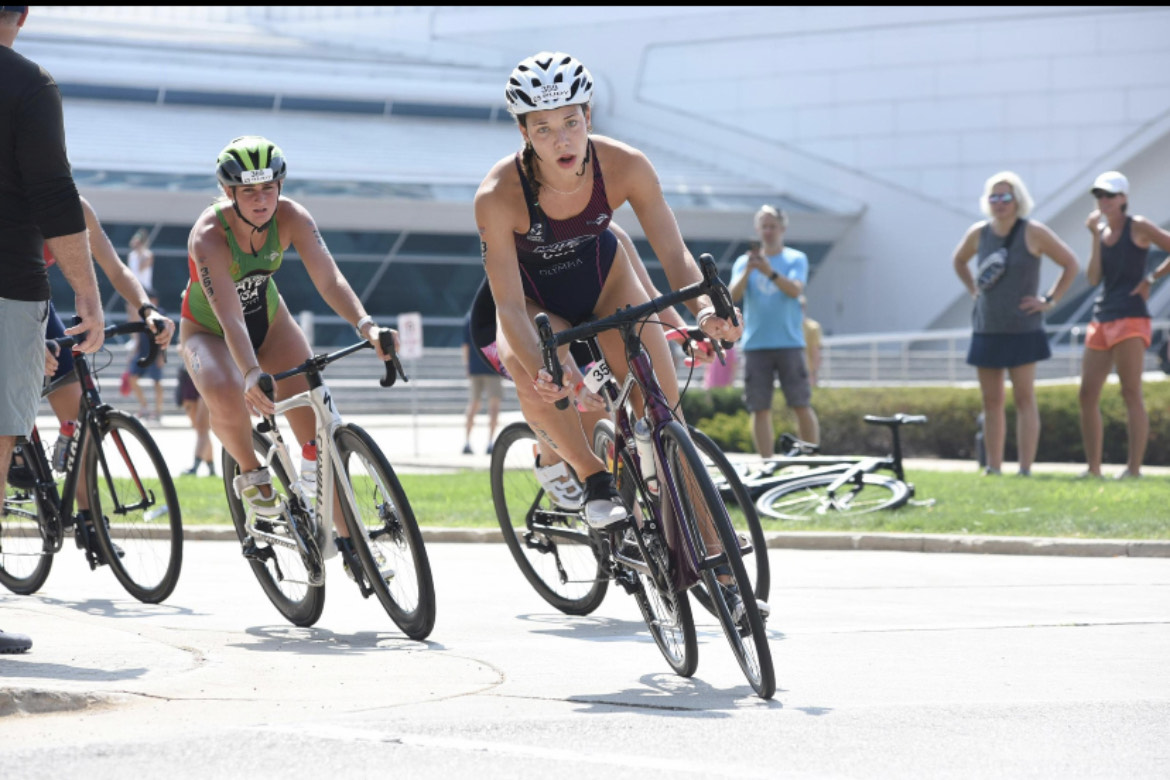
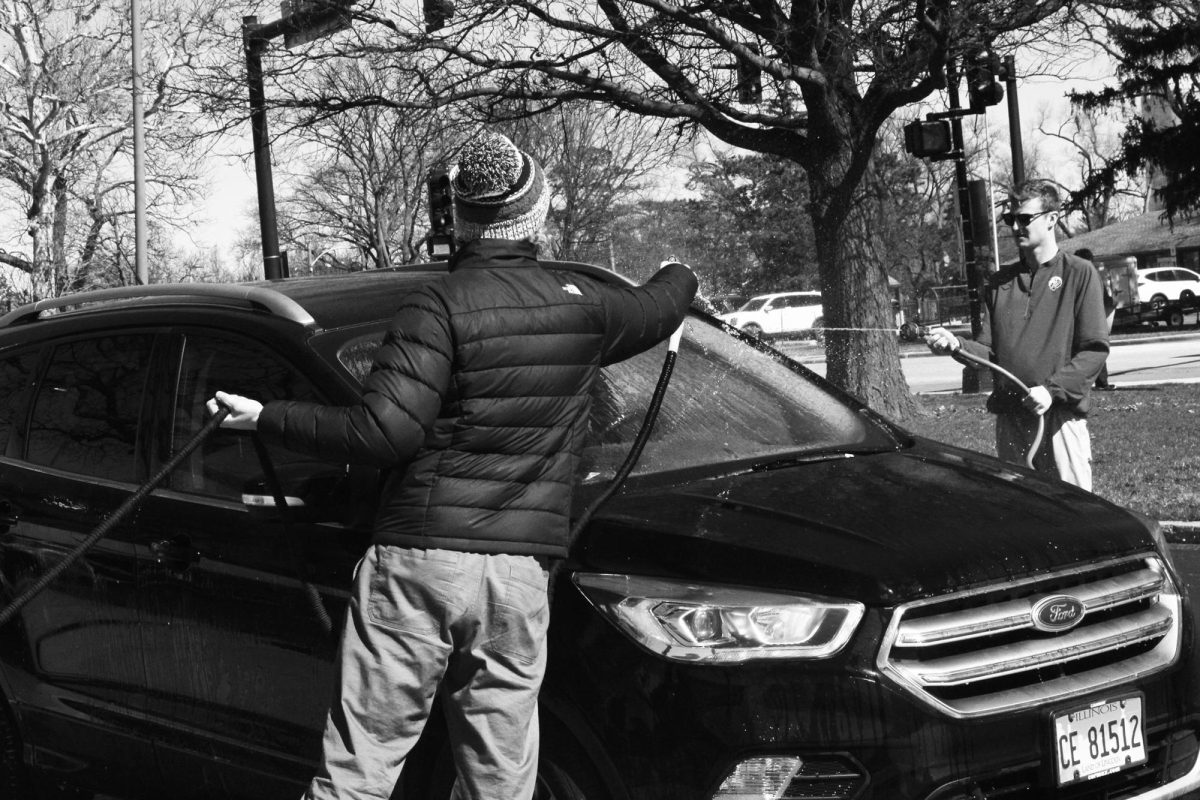
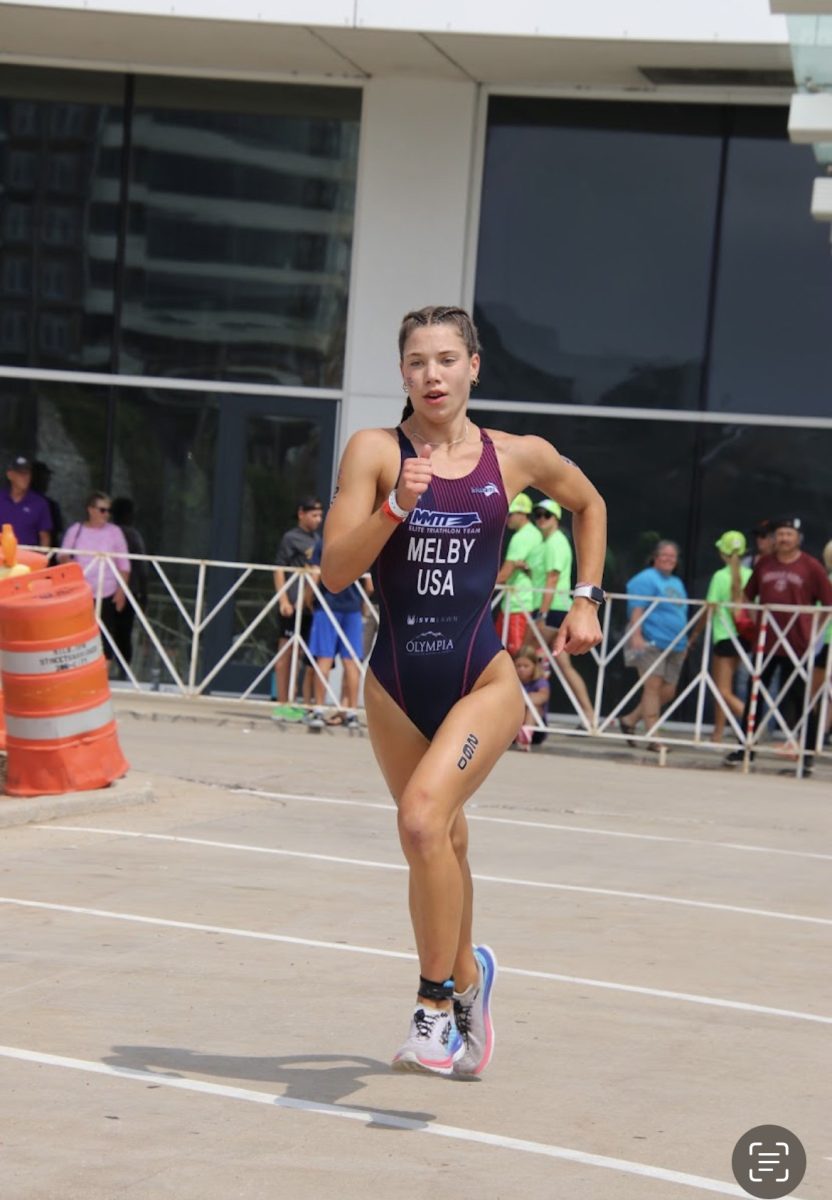
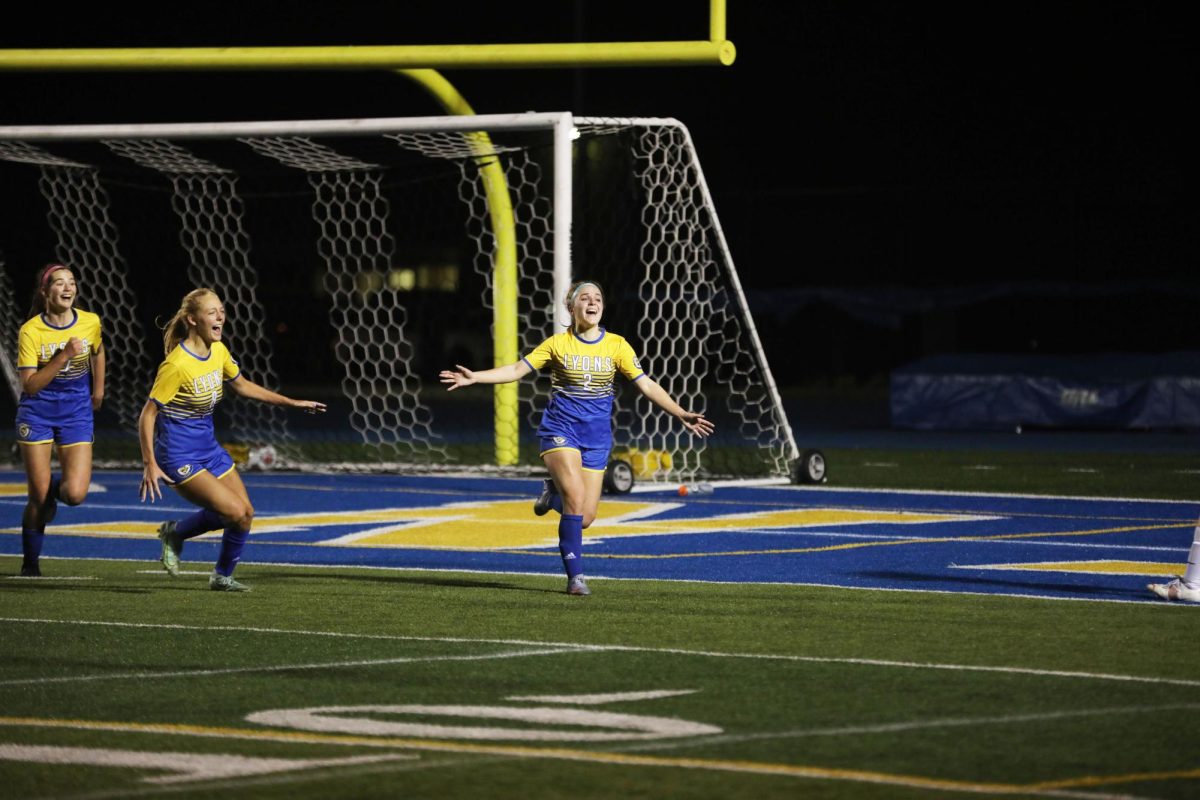
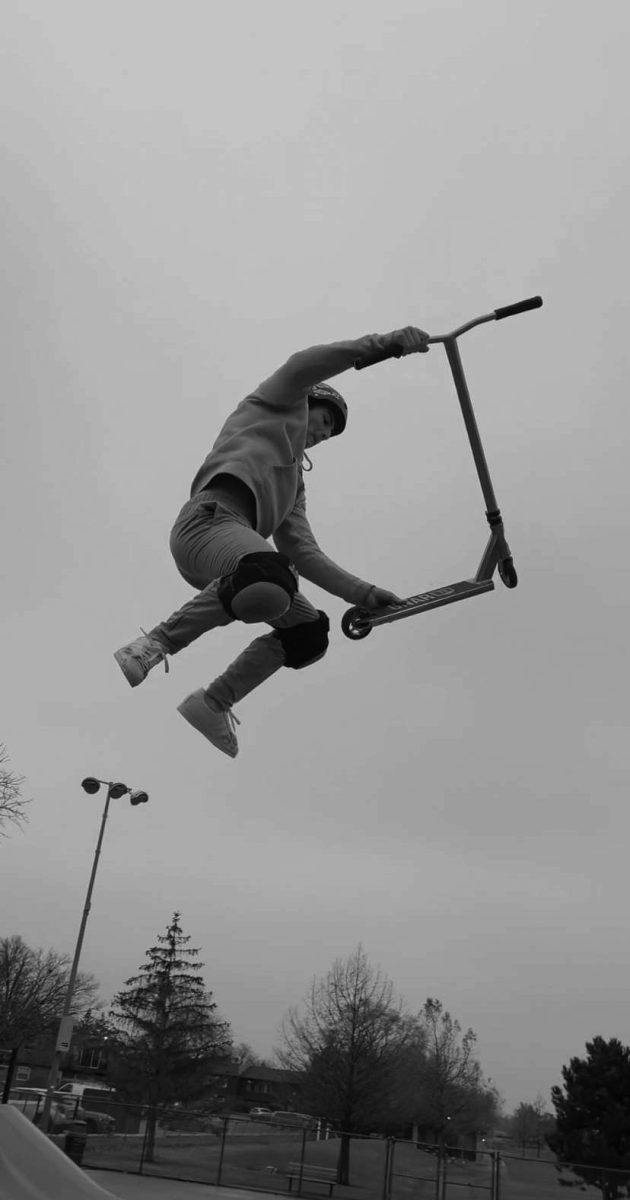
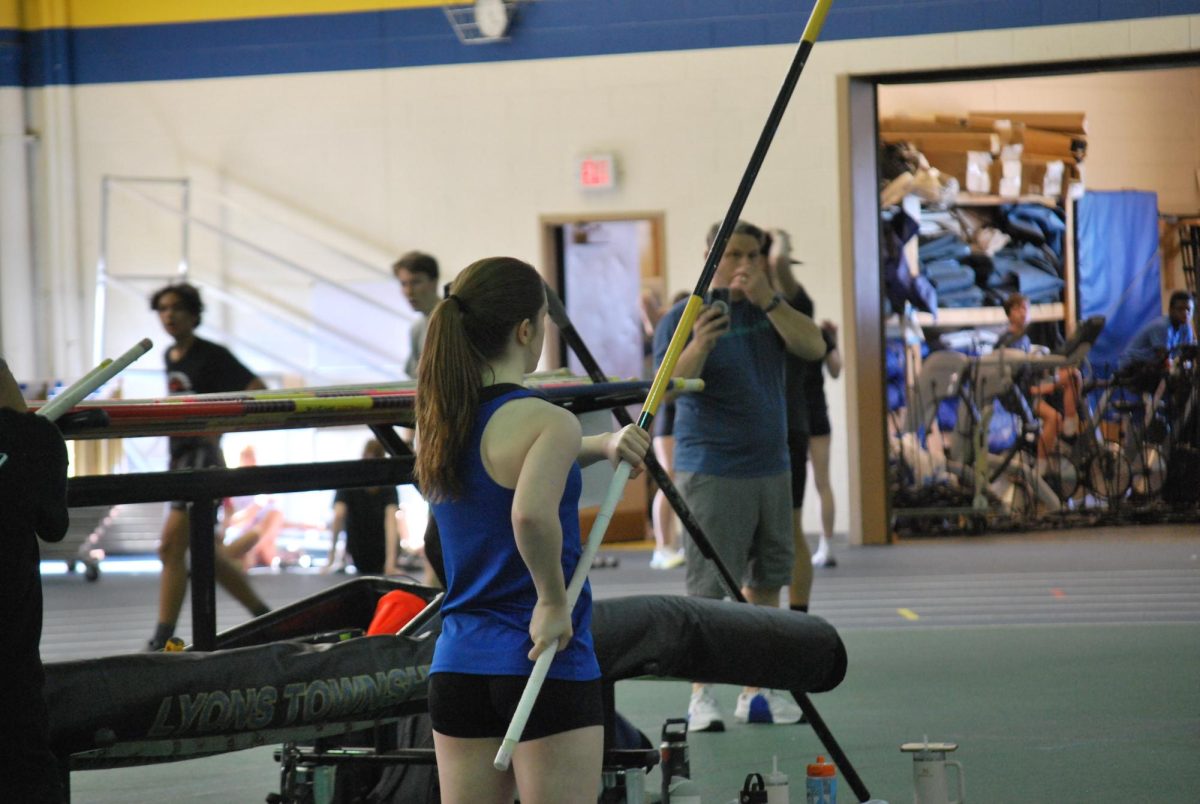
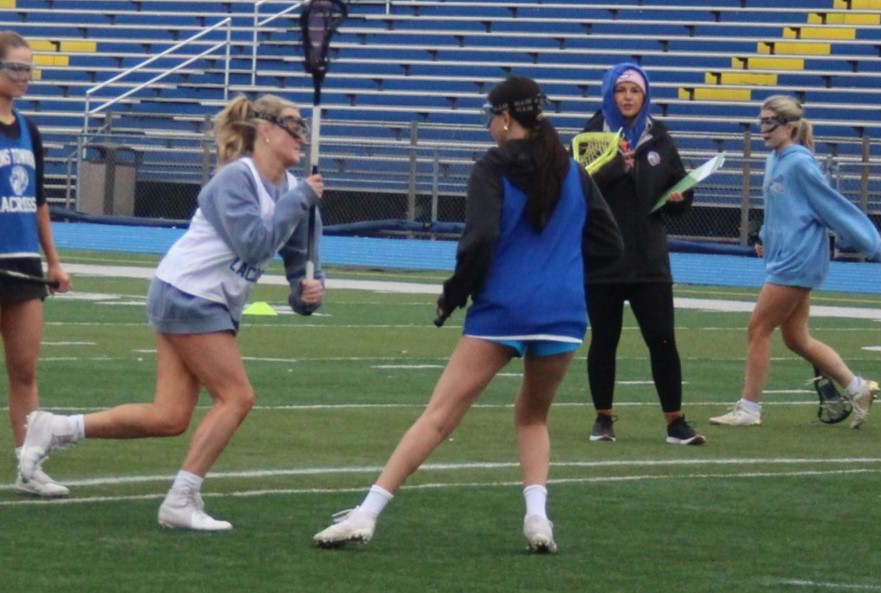
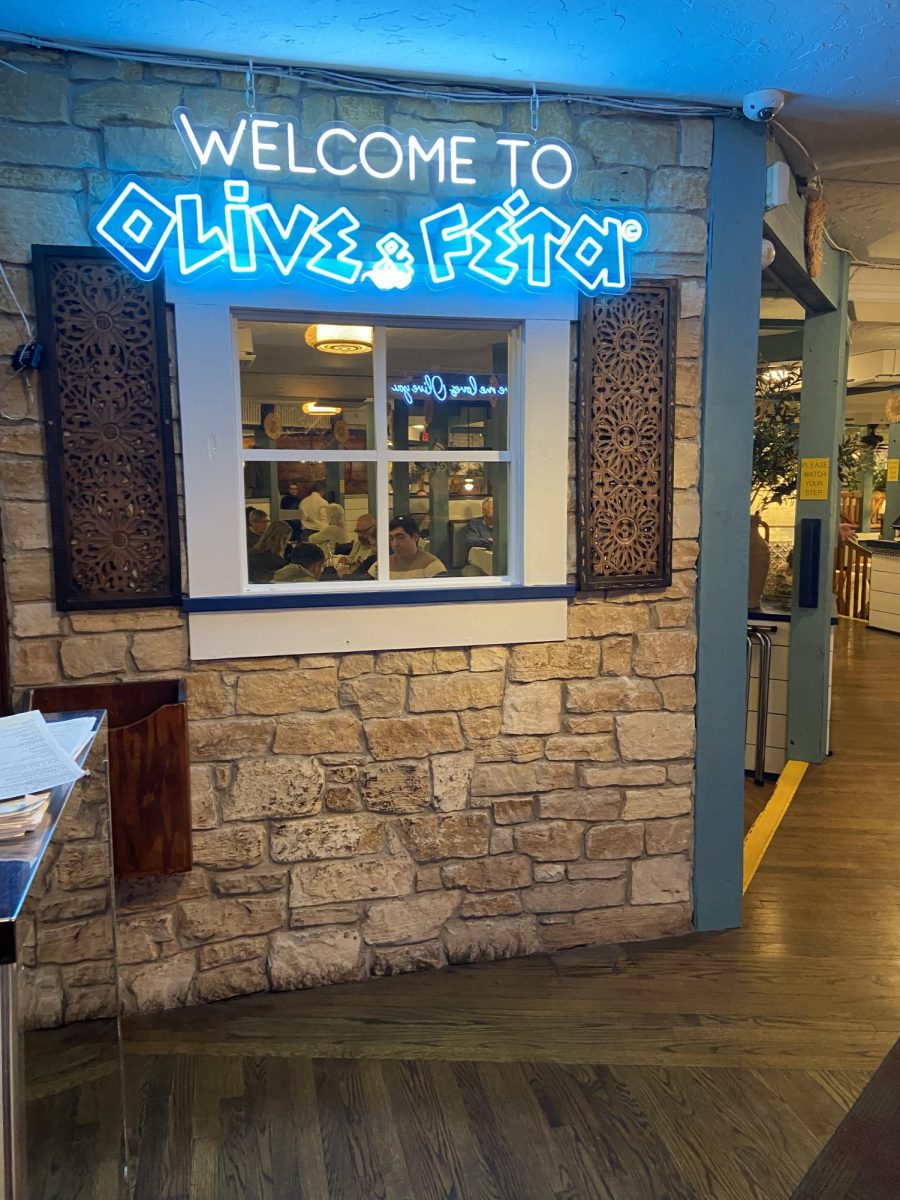

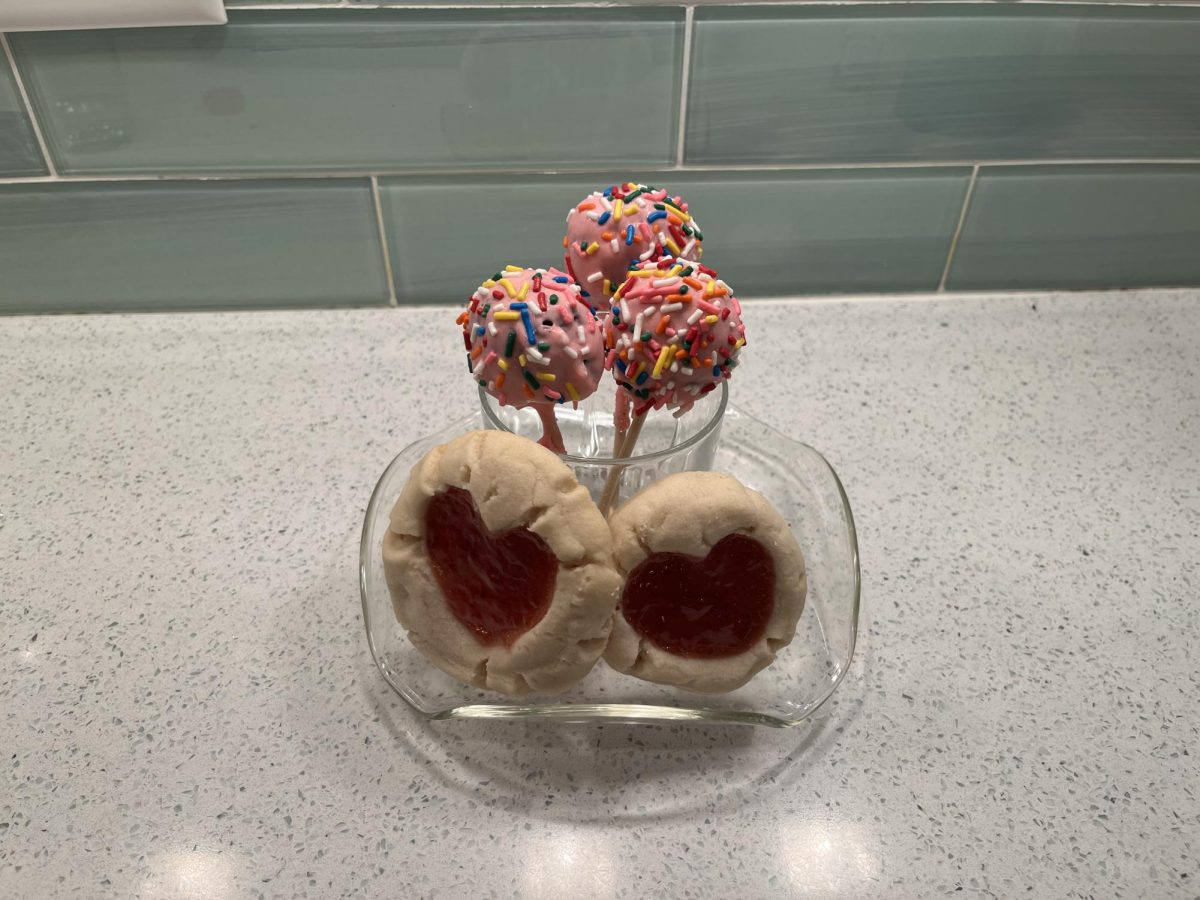




![Movie poster for [Rec] (2007).](https://www.lionnewspaper.com/wp-content/uploads/2023/04/rec-640x900.jpg)

